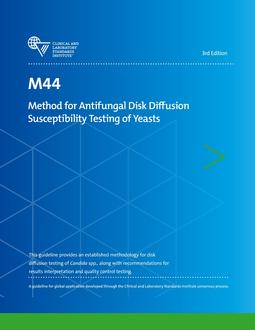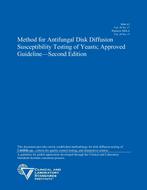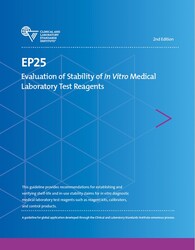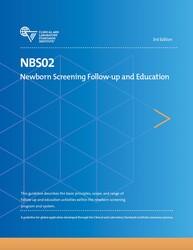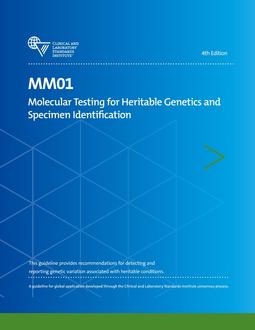CLSI M44-A2
Click here to purchase
This guideline provides an established methodology for disk diffusion testing of Candida spp., along with recommendations for results interpretation and quality control testing.
Supplemental tables for M44 are published in CLSI document M60.
Product Details
- Edition:
- 3rd
- Published:
- 12/10/2018
- ISBN(s):
- 9781684400300
- Number of Pages:
- 44
- File Size:
- 1 file , 2.2 MB
CLSI M44-A2
Click here to purchase
Clinical and Laboratory Standards Institute (CLSI) broth dilution reference methods are available for susceptibility testing ofyeasts (see CLSI document M27–Reference Method for Broth Dilution Antifungal Susceptibility Testing of Yeasts) and moulds(see CLSI document M38–Reference Method for Broth Dilution Antifungal Susceptibility Testing of Filamentous Fungi). Therestill remains, however, a need for an alternative simple, rapid, and cost-effective approach to determine susceptibility of fungalorganisms to various classes of antifungal agents that would make antifungal susceptibility testing more readily available to theclinical microbiology laboratory. The CLSI Subcommittee on Antifungal Susceptibility Testing has therefore developed a diskdiffusion method for testing yeasts. CLSI document M44-A2–Method for Antifungal Disk Diffusion Susceptibility Testing ofYeasts; Approved Guideline–Second Edition provides approved zone interpretive criteria (breakpoints) for Candida species forcaspofungin, fluconazole, and voriconazole after 20 to 24 hours incubation, as well as quality control parameters for caspofungin,fluconazole, posaconazole, and voriconazole. There are currently more than 10 systemically active antifungal agents, and it isexpected that this document will further encourage the development of disk diffusion testing for at least some of these additionalagents and genera.
Product Details
- Edition:
- 2nd
- Published:
- 05/01/2009
- Number of Pages:
- 40
- File Size:
- 1 file , 310 KB
